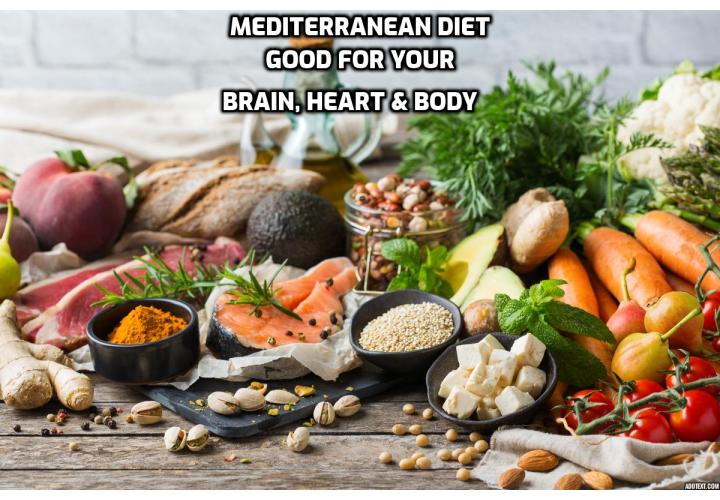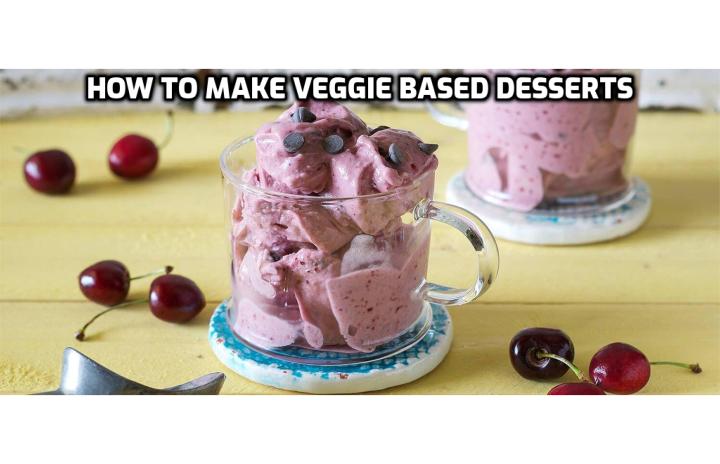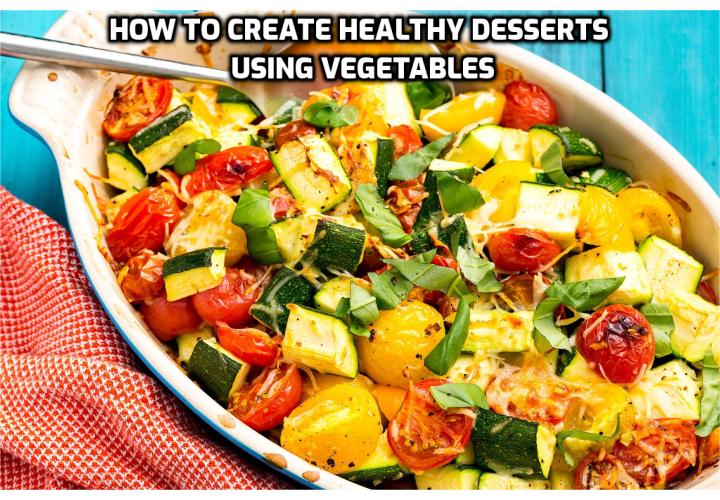Why the Mediterranean diet can help you to reduce risk of heart disease, type 2 diabetes and dementia?
The Mediterranean diet is ranked among the healthiest eating plans out there. In addition to aiding weight loss, studies indicate that this flexible and sustainable eating plan can also benefit your heart and brain in ways that a standard Western diet cannot.
Here’s what you need to know about the diet that might help you live a longer, healthier life.
What is the Mediterranean diet?
The Mediterranean diet is an eating plan that draws inspiration from countries bordering the Mediterranean Sea, including Greece, Italy, and Spain.
The diet typically consists of the region’s traditional fruits, vegetables, beans, nuts, seafood, olive oil, and dairy – with perhaps a glass or two of red wine.
The Mediterranean Diet is about more than just eating delicious, wholesome food though.
Regular physical activity and sharing meals with family and friends are vital elements of The Mediterranean Diet. Together, they can have a profound impact on your mood and mental health and help you foster a deep appreciation for the pleasures of healthy eating and delicious foods.
The Mediterranean Diet is an inexpensive and satisfying way to eat that can help you live a healthier and longer life.
Since the diet centers around traditional cuisine from various regions, there are no rigid rules on exactly what, when, and how much to eat.
Instead, the Mediterranean diet focuses on eating principles such as consuming a diet:
- High in plant-based foods like fruits, vegetables, nuts, and legumes
- Moderate amount of lean protein from fish and, to a lesser extent, poultry and eggs
- Moderate amount of wine
- Low in saturated fats from red meat and dairy products
- Low in processed carbs and sugars
Researchers have been studying its health benefits for decades and discovered that following the Mediterranean diet can reduce the risk of heart disease, type 2 diabetes, and more.
Foods to eat
The Mediterranean diet focuses on your standard fruits and vegetables, but what sets it apart from many other diet plans is the large amount of olive oil and moderate intake of wine.
The four main groups to focus on are: vegetables, fruits, whole grains, and lean proteins. Here are some options for each group:
Vegetables
Leafy greens are a great vegetable because they come with a variety of nutrients. Some of the healthiest leafy greens out there include romaine lettuce, Swiss chard, and spinach.
Other vegetables worth adding to your plate are:
- Beets
- Broccoli
- Carrots
- Asparagus
- Green beans
Fruits
Some fruits contain higher sugar content, while others come with an added dose of fiber. High-sugar fruits may spike blood sugar levels, so it’s healthier to choose fruits that contain less sugar and some fiber for slower, more stable digestion. Some high-fiber fruits include:
- Apples
- Avocado
- Blackberries
- Pears
- Raspberries
- Strawberries
Whole grains
Whole grains are also a great source of fiber and also provide some protein and healthy fats. As long as you’re eating some type of whole grain, you usually can’t go wrong. Some common whole grains you may find in your local grocery are:
- Whole wheat pasta
- Whole oats
- Barley
- Brown rice
- Buckwheat
- Quinoa
Lean protein
The Mediterranean diet gets its name from countries that are near, or border, the Mediterranean Sea, so seafood comprises a big portion of protein sources. Beyond that, nuts and legumes are also a popular option. Some lean protein foods that follow the Mediterranean diet include:
- Fish
- Eggs
- Nuts
- Seeds
- Legumes
- Beans
Health benefits of Mediterranean Diet
The Mediterranean diet’s many health benefits are largely attributed to eating plant-based foods that are rich in healthy unsaturated fats, antioxidant-rich vitamins, and polyphenols — compounds that have both antioxidant and anti-inflammatory properties.
Since this eating pattern focuses on the quality of wholesome foods, which are mostly plants, it supplies essential nutrients, including fiber, antioxidants, and polyphenols.
Heart health
Plant-based foods are packed with healthy unsaturated fats, antioxidants, and anti-inflammatory properties that have proven to reduce the risk of cardiovascular disease and stroke. This is likely due to the fact that following a Mediterranean diet can reduce inflammation in the blood vessels that lead to and from the heart.
Researchers found that eating a Mediterranean diet reduced the risk of heart attack, stroke, or death from heart disease by 30% compared to eating a low-fat diet.
Brain health
Researchers have only recently begun to study the Mediterranean diet’s role with cognitive function and decline. So far, preliminary research suggests that the diet might help promote and prolong healthy brain function.
For example, a small study published in Neurology in 2018 reported that following a Mediterranean diet could delay the onset of Alzheimer’s by up to 3.5 years when compared to people who follow a Western diet.
The researchers examined brain images of 70 healthy adults — 34 who regularly ate a Mediterranean diet and 36 who ate a Western diet for two years. The brains of those eating the Western diet contained more of a protein called beta-amyloid, which is found in large amounts among those with Alzheimer’s.
Although no one in the study had Alzheimer’s, the researchers said that the presence of more beta-amyloid suggested that those individuals were at greater risk of developing the disease earlier in life.
Diabetes
Though more research is needed, multiple preliminary studies indicate that following a Mediterranean diet can help people with diabetes better control their blood sugar levels.
One study examined blood sugar levels of 901 participants with type 2 diabetes who lived in Italy and were, therefore, already adhering to a Mediterranean-style diet to some extent.
The researchers ranked how closely a participant’s diet matched that of a Mediterranean diet and found that those with the highest rankings — who followed the diet most closely — had lower blood glucose levels following a meal compared to those who ranked lowest.
Moreover, high rankers had lower HbA(1c), which is a measurement of a person’s average blood glucose levels over the last 2-3 months and a strong indicator of how well a person is managing their diabetes. The study was published in 2009 in the journal Diabetic Medicine.
The Mediterranean diet’s beneficial effect on blood glucose is likely due to the diet’s focus on complex carbs, which take longer to digest and won’t spike blood sugar levels, and healthy unsaturated fats over less healthy saturated fats. For those with diabetes, the American Diabetes Association recommends eating about less than 20 grams of saturated fat per day.
Weight loss
Depending on your current diet, the Mediterranean diet can offer a healthier option that may lead to weight loss.
For example, one study followed 272 adults who were moderately obese for two years. The participants were separated into three groups:
- Group 1 ate a restricted calorie, low-fat diet where women were instructed to consume 1500 calories a day and men ate 1800 calories a day. After two years, this group lost an average of 7.2 pounds.
- Group 2 ate a restricted calorie, Mediterranean diet with the same caloric amounts as the low-fat diet. After two years, this group lost an average of 10 pounds.
- Group 3 ate a low-carbohydrate diet that didn’t restrict calories but instead started participants off with 20 grams of carbs per day and gradually increased it to a max of 120 grams per day. After two years, this group lost an average of 12 pounds.
Downsides of Mediterranean Diet
Due to its focus on whole foods, most meals on the Mediterranean diet will require some level of home-prep. The main drawbacks may involve cooking more than you’re used to, and if you’re accustomed to eating heavily processed convenience items, it may mean adapting to new foods.
Watch this video – Making the Mediterranean Diet Work for You to Reduce Risk of Heart Disease, Type 2 Diabetes and Dementia
This article is from Kimberly Clark, a Nutritionist, Health Advisor and Pilates Instructor, who creates The Official Mediterranean Diet Plan. This is a 30-day plan that aims to help you shed excess fat, eat healthy, and stay on top of your diet.
The Official Mediterranean Diet Plan comes with a beginner’s guide to the diet, an accompanying cookbook, the Official Mediterranean Diet Calendar, “The Beach Body Program,” a guide to detoxification, “The Winner’s Morning Routine Guide,” “The Bulletproof Guide,” and access to the Facebook Accountability Group.
To learn more about Mediterranean Diet and Kimberly Clark’s 30-day challenge, click on Going for The Mediterranean Diet to Reduce Risk of Heart Disease, Type 2 Diabetes and Dementia









